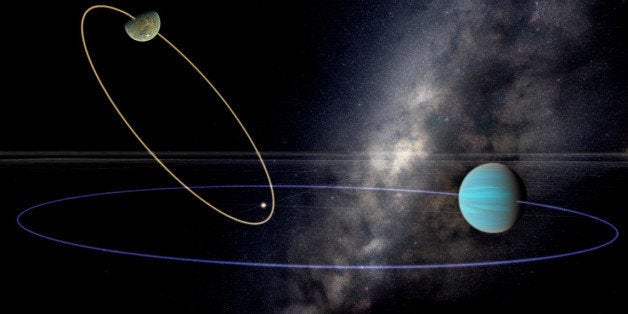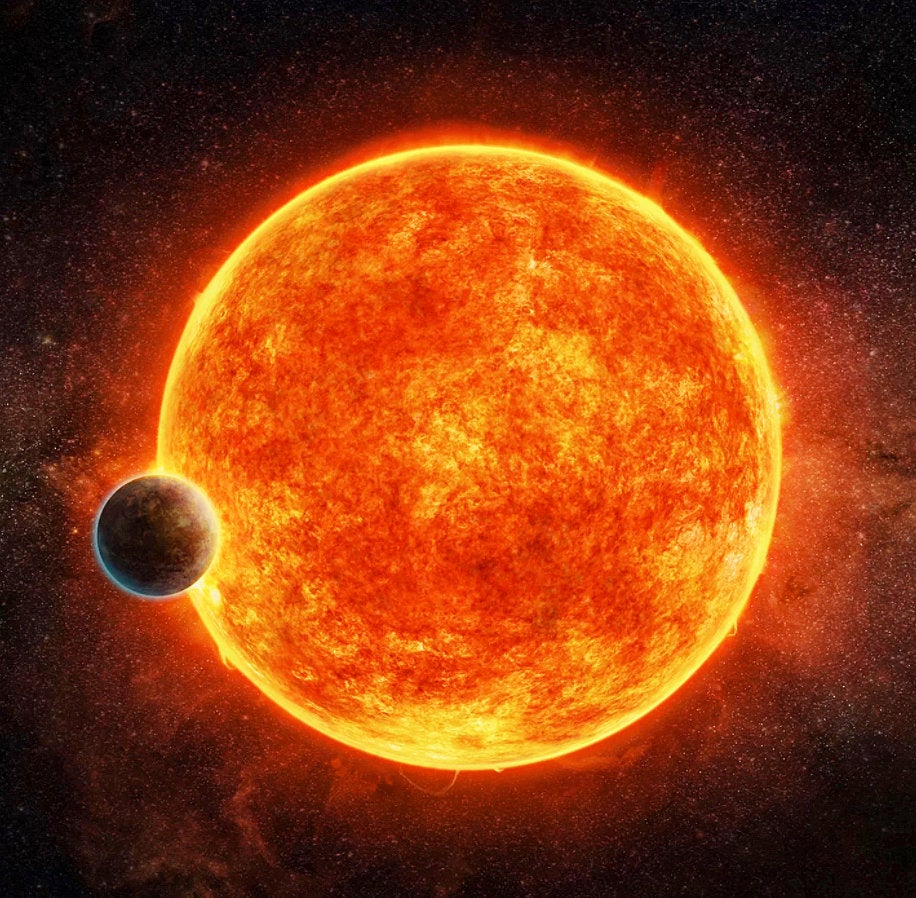
When looking for alien life, astronomers pay special attention to planets in the so-called "Goldilocks zone" -- that is, planets that orbit their host stars at just the right distance for water to exist in a liquid state.
But a new study shows that some otherwise habitable planets might be rendered unsuitable for life because gravitational forces exerted by neighboring planets have nudged these "chaotic Earths" out of stable orbits and given them unstable climates.
"Just like people, some planets are victims of circumstance, and won't enjoy a placid existence," Dr. Seth Shostak, senior astronomer at the SETI Institute in Mountain View, Calif., who was not involved in the new research, told The Huffington Post in an email. "That might be bad news for them -- at least in terms of harboring life over very long time periods."
Planets go haywire. For the study, astronomers at the University of Washington built computer models of solar systems in which planets orbit their host stars in different planes. (The orbits of planets in our own solar system all lie in the same plane.)
The planets in the models had orbital periods that were integer multiples of one another, or in integer ratios. For example, if a planet orbits its host star in 200 days and another planet orbits the same star in 300 days, their orbital periods are related in a 2:3 ratio. This coordination causes the planets to pull on each other's orbits in the same spot over and over again, which over millions of years can cause major changes in these orbits.
“What we found was that things go all haywire," Dr. Rory Barnes, one of the astronomers and the study's lead author, said in a written statement. "Those little perturbations that keep happening at the same point cause one of the orbits to do some crazy things -- even flip over entirely -- and then kind of come back to where it was before. It was pretty unexpected for us.”
Wacky climate changes. According to Barnes, one effect of the perturbations would be to give the planets wildly shifting climates.
"You would never know when the next ice age or hot spell was coming," Barnes told Space.com. "In many cases, the changes can take thousands of years to occur, so they wouldn't be changes over your lifetime, but they would certainly impact the rise and fall of civilizations as rapid and constant climate change transformed deserts into ice fields and tropical rain forests into oceans."
Though unstable climates might make some planets uninhabitable, Shostak argues that such climates might actually lead to the formation of life on others.
"When our planet was frozen over during an episode known as 'snowball Earth,' the effect on the biota seems to have been to stimulate the emergence of complex, multicellular organisms," he said in the email. "In that sense, a planet's hard times might be just what's required to produce interesting life forms."
Barnes and his colleagues are calling for more research to determine how common "chaotic Earths" are, and to distinguish between the ones that might host life and the ones that don't.
The study was accepted for publication in the Astrophysical Journal. A pre-print version of the article can be found here.
